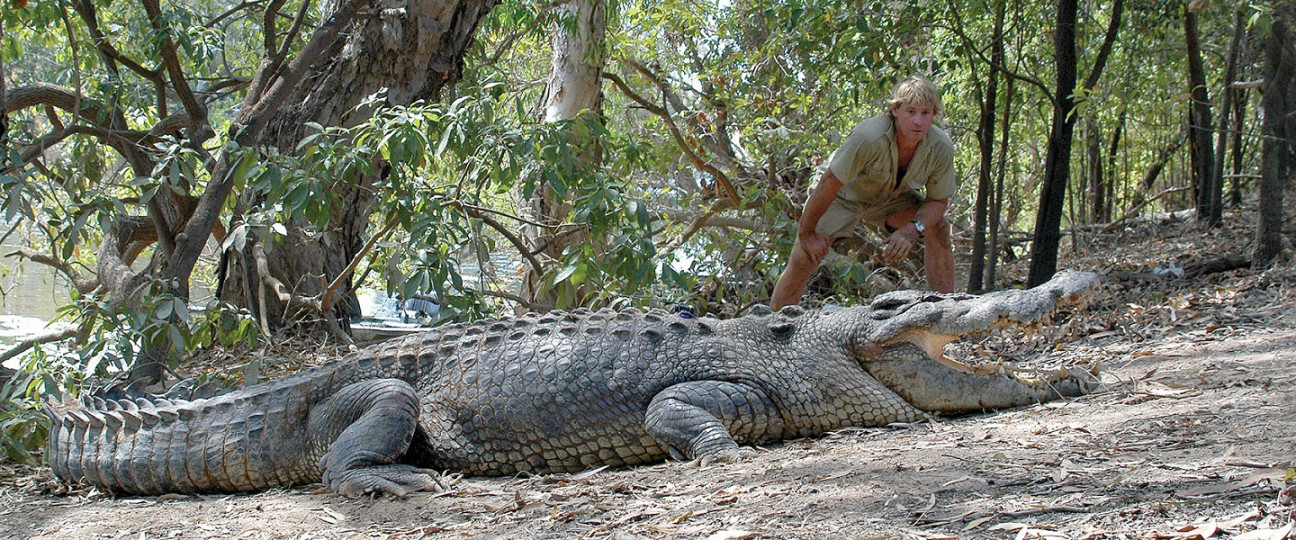Another possible breakthrough emerges in search for Amelia Earhart’s plane — 86 years after aviator vanished: report
There’s a new lead in the almost nine-decade search for Amelia Earhart’s plane, which disappeared without a trace during her ill-fated bid to become the first woman to fly around the world in 1937.

A photograph from a 2009 expedition in the Pacific Ocean around Nikumaroro Island — a remote atoll between New Zealand and Hawaii — appears to show an engine cover buried underwater that could have been part of the boundary-breaking aviator’s plane, the Daily Mail reported Saturday.
“There is an object in the photo that appears to be a Lockheed Electra engine cowling,” Ric Gillespie, executive director of the International Group for Historic Aircraft Recovery, told the outlet.

A forensic imaging specialist is analyzing the photo, according to Gillespie, whose group has led the Earhart Project, which has been looking into the 1937 disappearance of Earhart and her navigator, Fred Noonan, since 1988.
“The similarity to an engine cowling and prop shaft was not noticed until years later and the exact location was not noted at the time, which meant attempts to re-locate the object were unsuccessful,” Gillespie added.

Amelia Earhart (left) and her navigator, Fred Noonan (right), pose beside their plane with gold miner F.C. Jacobs just before their ill-fated last flight in 1937.AP Amelia Earhart, seen before taking off from Lae, New Guinea, on July 2, 1937, on her way to Howland Island. She never arrived.EPA Experts are analyzing a photo taken near a remote Pacific island that appears to show an engine cover buried underwater in the hopes it could be linked to Earhart’s plane.AP
If the testing reveals that the engine cover was from Earhart’s twin-engine Lockheed Model 10E Special Electra, it would not explain why the plane crashed into the ocean — but it would dispel Gillespie’s theory that Earhart and Noonan landed and eventually died on Nikumaroro.

To support its stance, Gillespie’s group cites the locations of transmissions that it believed could have only been sent by her, and a photo taken of the shoreline in 1937 that the group believes could include the Electra’s landing gear.
A year after the disaster, Britain colonized the island and newcomers reported seeing parts of planes, 1930s-era glass bottles and bones by the remains of a campfire that researchers determined could have been from a woman of Earhart’s build, according to National Geographic.
However, no hard evidence has ever been found to confirm that the duo landed on the uninhabited atoll.
The most recent “big break” came late last year when scientists from Penn State’s Radiation Science and Engineering Center found never-before-seen letters on a metal plate that was recovered on the island in 1991.
The panel had rivet punctures that were similar to Earhart’s plane but were later determined by experts to be “not a precise match” and likely part of the ruins of a World War II plane that crashed several years later.
The official US position is that the plane ran out of fuel on its way to Howland Island and crashed into the ocean, according to National Geographic.
Howland Island is about 400 miles from Nikumaroro Island and was set to be Earhart’s last refueling stop before she was set to fly to California and finish her historic, 29,000-mile trip.
A possible lead in the case emerged last year when investigators found rivet holes in a metal plate that was recovered on Nikumaroro Island in the 1990s, but the artifact was later found to likely be from a World War II plane.REUTERS
Large-scale expeditions to the waters surrounding the tiny island have turned up no evidence of her plane.
A third theory was that Earhart and Noonan landed on the Marshall Islands and were held hostage by the Japanese.
Some adherents to this conspiracy theory believe that they eventually returned to the US under assumed names.
Earhart was the first woman to fly solo across the Atlantic Ocean and in 1931 set a world altitude record of 18,415 feet.

